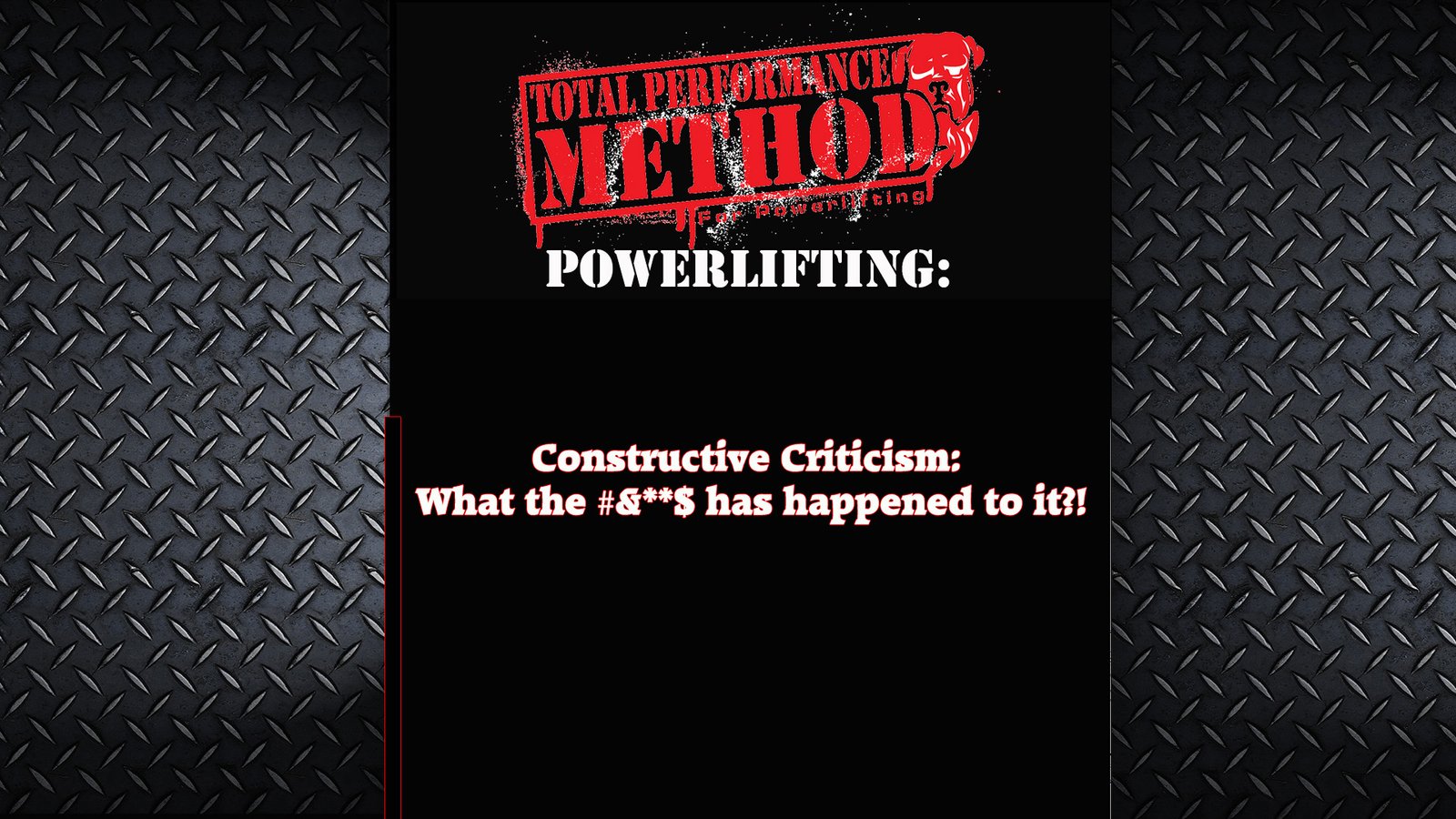The Different Types of Grip Strength and Exercises This is a guest post by “Napalm” Jedd Johnson of the Diesel Crew. He is obsessed with Grip Strength and wants to spread his sickness to everyone else in the world of strength training. Join his Legion of Grip at The Grip Authority, today!
Grip strength is very important for lifting big weights, performing well in sports and for being able to execute tasks like carrying and moving items in everyday tasks.
Many realize how important Grip strength is, so they want to add techniques to their training so that they can increase their hand strength. Unfortunately, selecting the right grip strength exercises is where many people have trouble implementing hand strength training because they do not know the different types of grip strength.
Many people think that grip strength involves only hand strength, and while the hands are very important, grip really includes everything from the elbow down and everything should be trained. Since most people identify the hands first, we will start there and cover the types of grip strength involved with the hand.
Crushing Grip Strength
Crushing is done when the hand closes over something. This is a dynamic form of hand strength, especially finger strength. The fingers are moving as if to squeeze onto a tennis ball, or crack a walnut.
For more information on Gripper Training, make sure to subscribe to my YouTube Channel.
Support Grip Strength
Support is also primarily a finger activity, but it is static – this is how it differentiates from crushing. The fingers take the brunt of the load. The thumb can be used to aid in gripping but it is merely auxiliary in nature.
Examples of support Grip include Deadlifts, Rows, Pull-ups, Pull-downs and other similar lifts.
Pinch Grip Strength
Pinching grip strength is where the thumb is brought more into play. The hand position is generally open, like holding two weight plates together. The thumb opposes the fingers, usually on a flat device, but round handles, if large enough, can also be considered Pinch Grip.
I wrote an article for Murph recently on Pinch Grip Training Exercises. <= Click that link to read it.
Clamping and Crimping Grip Strength
Clamping is another form of finger strength that is both dynamic and static depending on what is taking place. Clamping usually involves the fingertips being directed toward the palm, as in when someone tears a phone book. Crimping involves the fingertips in a high position, directing force more close to the callus line or middle palm, and it is most often associated with card tearing.
In the following videos, note the positioning of the fingers and how they compare and contrast when tearing a phone book versus when tearing a deck of cards.
Tearing a Phone Book (Clamping Strength)
Tearing a Deck of Cards (Crimping Strength)
Wrist Strength
As we move away from the hand, the first joint is the wrist and it can be flexed, extended, and also radially or ulnarly deviated.
Forearm Strength
The muscles of the forearm aid in elbow flexion as a secondary function, but there are also specific actions of the forearm such as rotation. Supination rotation I when the palm is turned upwards. Pronation is where the palm is turned downward.
As you can see there are many types of grip strength. All of these forms of Grip Strength must be trained in order to develop a truly powerful grip. In addition to exercises strengthening these movement patterns, the extensor muscles, the muscles on the back of the hand and forearm that open the fingers must also be trained vigorously in order to develop strength with antagonistic balance and prevent injuries.
If you are looking for the most complete reference on Grip and Forearm Training, you should look no further than my Ultimate Forearm Training for Baseball manual. It has over 200 exercises for the lower arms, each complete with video demonstrations.
All the best in your training,
Jedd
The Grip Authority
Free 8-Week Grip Training Program <== Sign up today








Leave A Comment